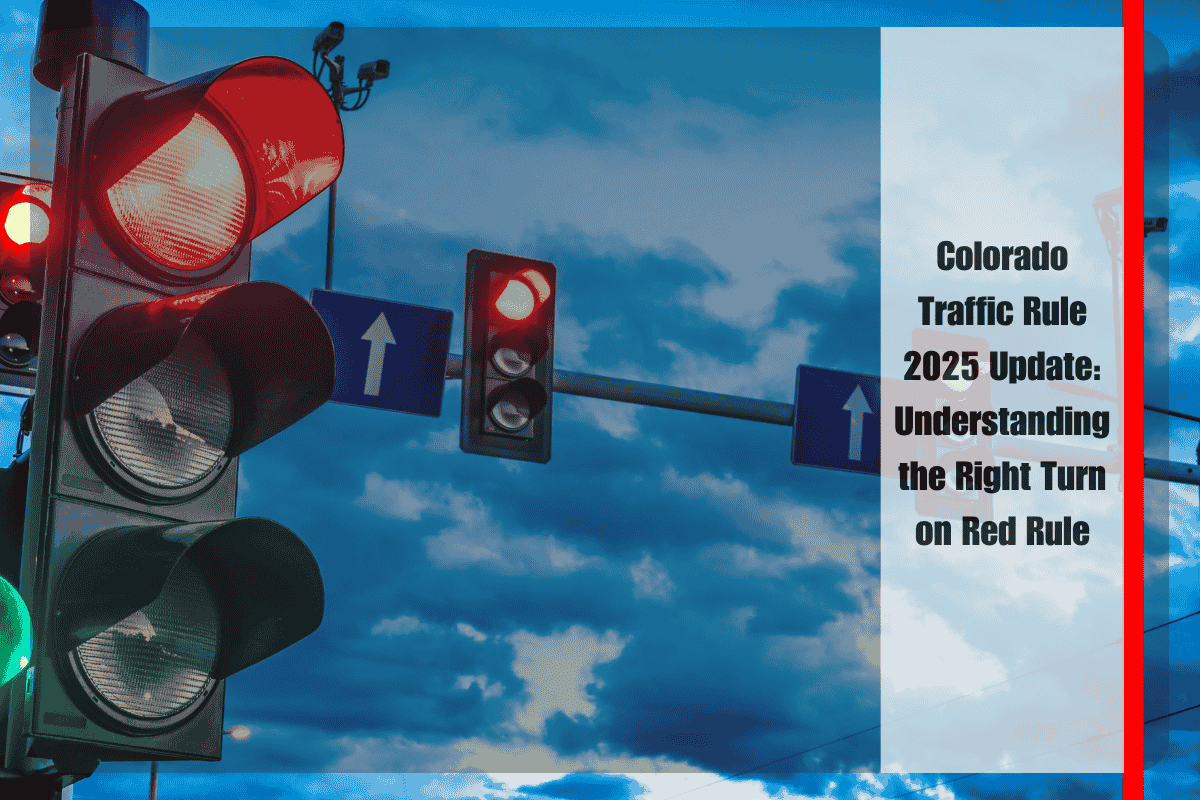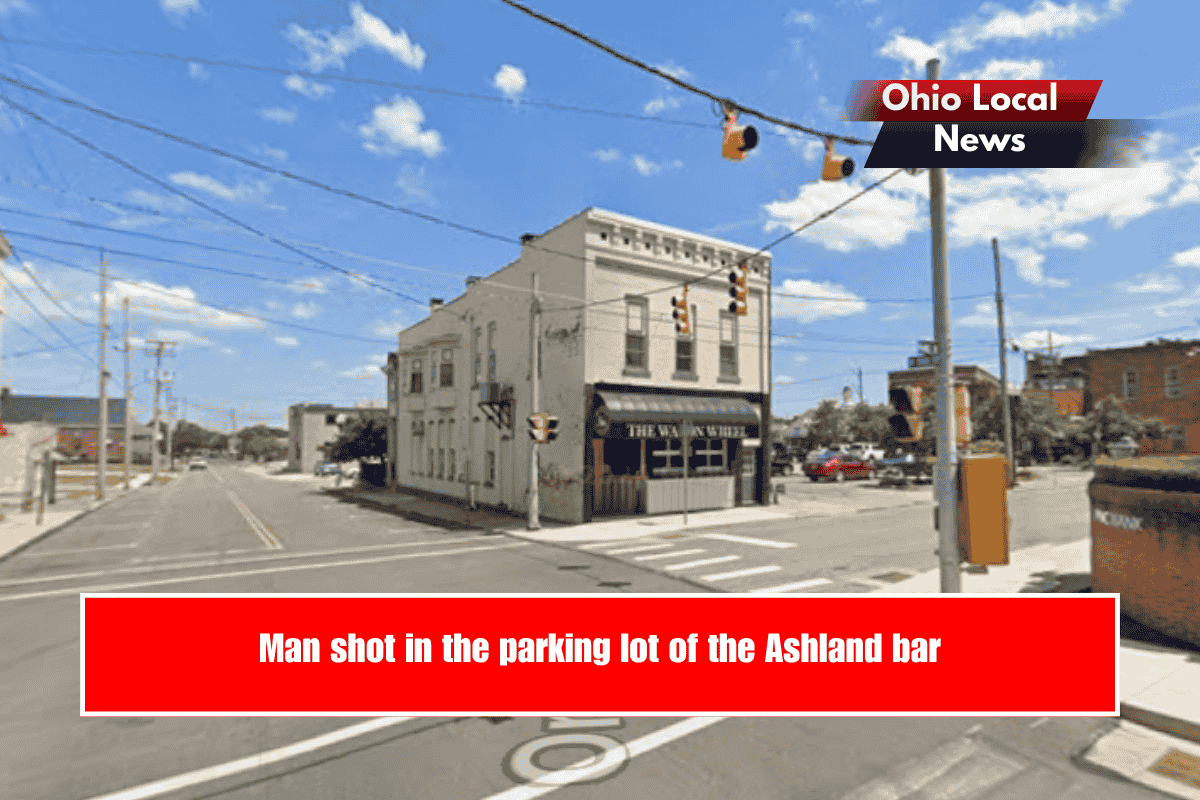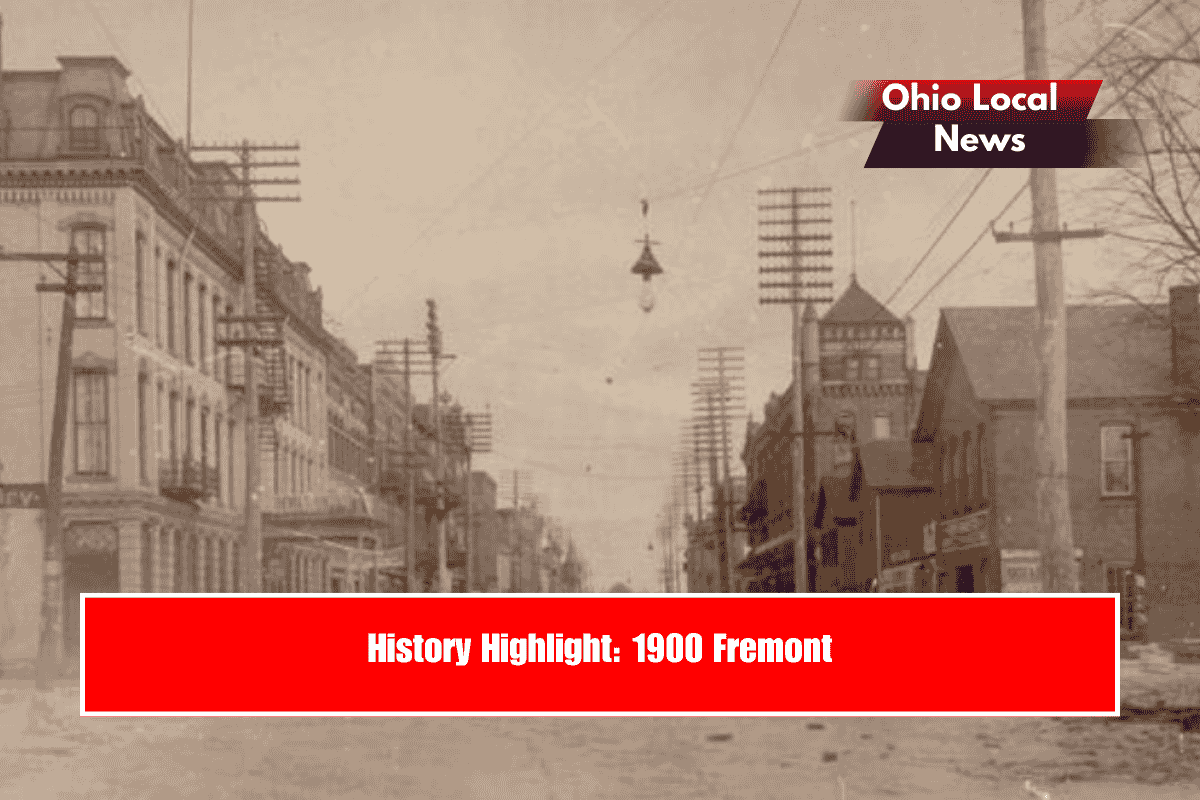Colorado’s traffic laws underwent notable updates at the start of 2025, aiming to enhance road safety through several changes, including clarifications and evolving discussions around the right turn on red rule. As of July 2025, the basic statewide rule remains: drivers are generally permitted to make a right turn at a red light after coming to a complete stop, provided that the intersection does not specifically prohibit such turns with posted signage. Colorado Revised Statute 42-4-604(c)(1) affirms this principle. According to the law, before turning right on red, a driver must stop fully in the legal manner—behind the stop line or crosswalk—and yield the right-of-way to both pedestrians and oncoming vehicles. Only after ensuring the way is clear can the turn be completed.
Local jurisdictions within Colorado retain the authority to regulate this rule more strictly. If a particular city or intersection determines that allowing right turns on red poses an increased safety risk—such as in areas with heavy pedestrian or cyclist traffic—local officials can post “No Turn on Red” signs. In such cases, the posted restrictions override the general state rule and drivers must obey them. Several cities across the United States, responding to rising pedestrian fatalities and safety concerns, are considering or have implemented partial or total bans of right turns on red in high-traffic urban areas. In Denver specifically, a city advisory committee recently recommended banning right turns on red throughout the city. This recommendation aligns with Denver’s Vision Zero initiative, aiming to reduce accidents involving pedestrians and cyclists. However, as of mid-2025, this is under consideration and has not yet replaced the existing right-on-red standard citywide.
These debates are rooted in increasing awareness of the collision risk posed when drivers turn right on red without adequately checking for people in crosswalks or approaching cyclists. Studies indicate that right-on-red allowances can significantly increase accident rates involving these vulnerable groups. Safety advocates point out that drivers turning right on red often focus on watching for a gap in vehicular traffic from the left and may overlook pedestrians or bicycles coming from the right. Even so, the rule’s supporters argue it helps traffic flow and lessens congestion, especially outside of dense city zones. Thus, Colorado law continues to permit right turns on red as long as drivers stop, yield, and obey any posted restrictions, but the local regulatory landscape—especially in urban areas—could change if safety-driven proposals advance.
It’s important to note that the obligation to stop completely remains a key feature. “Rolling” through the red without stopping, or failing to yield, is a violation just as much as turning when a posted sign forbids it. Ultimately, drivers bear responsibility for checking signage at each intersection and for prioritizing pedestrian and cyclist safety before proceeding. As more cities review these rules under safety campaigns in 2025 and beyond, Colorado drivers should stay updated on local ordinances, especially in metropolitan areas where the legal environment may shift toward greater restrictions.
Sources
[1] https://www.durangoherald.com/articles/at-red-light-is-it-wrong-to-not-go-right/
[2] https://www.findlaw.com/state/colorado-law/colorado-traffic-laws.html
[3] https://www.cbsnews.com/colorado/news/right-turns-red-face-uncertain-future-denver/
[4] https://www.denver7.com/growing-number-of-cities-to-ban-right-turns-on-red-for-vehicles
[5] https://www.codot.gov/safety/shift-into-safe-news/2025/february/new-year-new-rules-of-the-road-why-experts-say-colorado-drivers-will-be-safer-in-2025-denver7












